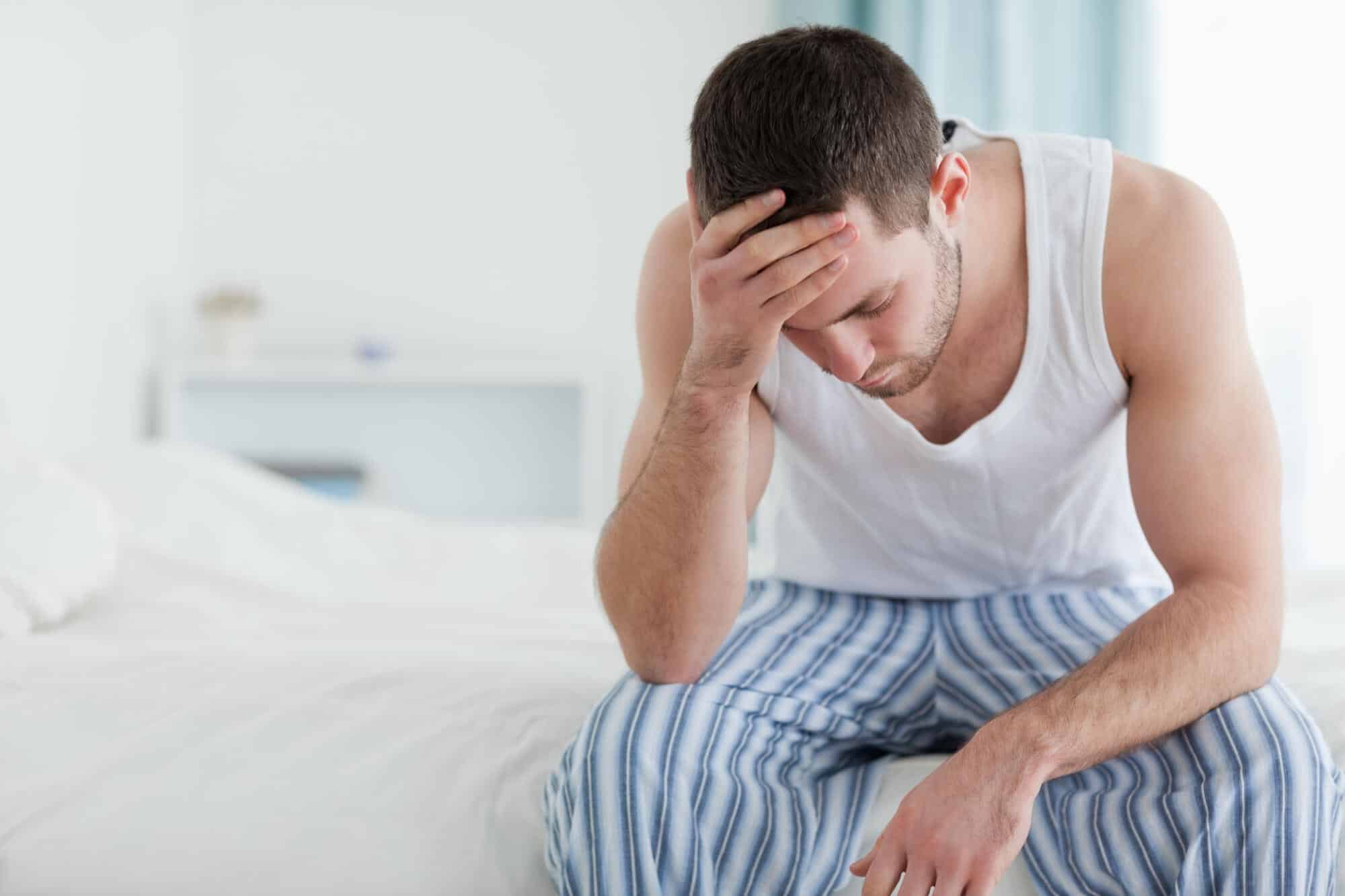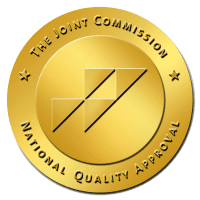For someone suffering from an opioid use disorder, Suboxone can be a lifeline. This is an FDA-approved prescription medication that combines two powerful drugs, buprenorphine and naloxone, to help curb opioid cravings and make recovery more comfortable.
Suboxone is often used as an integral part of medication-assisted treatment (MAT). However, it isn’t without its own set of side effects. When a treatment provider tapers off this medication during an individual’s recovery, Suboxone withdrawal symptoms can occur.
Today, we’re sharing how to minimize and help manage these symptoms so they don’t derail your efforts to date. With the right approach, you can minimize your risk of relapse and find the successful recovery you deserve.
What Is Suboxone? A Quick Guide
Before we dive into how to cope with Suboxone withdrawal, let’s take a step back. What is this medication in the first place and what makes it such a valuable part of addiction recovery?
Formula-wise, Suboxone contains four parts of buprenorphine and one part of naloxone. When someone takes this drug, the buprenorphine tricks their brain into believing they’ve taken a full dose of an opioid. At the same time, the naloxone blocks the activation of the individual’s natural opioid receptors, which dulls those euphoric effects.
We all have opioid receptors located in our brains and spinal cords, and they consist of substances that our body naturally produces. When they’re activated, we experience feelings of pleasure and reward.
While someone might feel initially elated when taking Suboxone, their body will eventually reach a stage where it plateaus. This is known as the ceiling effect. When this occurs, it means the person has reached the therapeutic limit of Suboxone, and taking more than the intended dosage (usually around 24 to 32 mg) each day will cease to produce a euphoric effect. Instead, they’ll begin to feel only the side effects of this medication.
Suboxone was designed this way to prevent individuals from misusing it, or taking more than their doctor prescribes so they can experience a high. When taken correctly and per a doctor’s orders, this medication can help prevent opioid cravings, reduce withdrawal symptoms, and help someone in recovery transition successfully back into a life of normalcy.
Side Effects of Suboxone
As a prescription medication, Suboxone does have its own set of side effects. For most people, these effects are relatively uncommon, especially if they follow their doctor’s instructions when taking the drug. However, if someone takes too much Suboxone or takes it in combination with another type of medication or opioid substance, the following symptoms can occur:
- Dizziness
- Drowsiness
- Blurred vision
- Back pain
- Headache
- Tongue pain
- Numbness or tingling in the limbs
- Increased perspiration
- Nausea and vomiting
- Insomnia
- Constipation
While these can occur as a result of normal use, they’re most often associated with Suboxone abuse. Before beginning any type of medication-assisted therapy, your provider should clearly explain all of the potential side effects you may experience as a result of taking the drug.
Suboxone Withdrawal Symptoms
When someone is in a MAT program for drug addiction, they may be encouraged by initial signs of progress. As a result, they might think they can stop taking their medication, such as Suboxone, altogether and continue working toward recovery on their own.
When this happens, painful withdrawal symptoms can occur. Some of the most common ones associated with this specific medication include:
- Muscle aches
- Nausea and vomiting
- Sweating
- Headaches
- Insomnia
- Lethargy
- Restlessness and agitation
- Indigestion
- Anxiety
- Depression
- Fever and chills
- Difficulty concentrating
In many cases, these symptoms are so uncomfortable they can cause someone in recovery to seek the immediate elation that opioids and other drugs can offer. In turn, this leads to a relapse.
The most effective way to avoid these withdrawal effects is to never quit Suboxone cold turkey. Instead, always follow the instructions given to you by your medical provider or recovery counselor. Still, even if you do everything according to plan, your body may still react when it no longer receives the Suboxone it’s accustomed to.
When you know what to expect, you can plan to cope in healthier, less destructive ways. Let’s take a look at a few of the most beneficial strategies to try.
Know the Timeline
Understanding the Suboxone withdrawal timeline is key to managing your symptoms. In most cases, the majority of withdrawal symptoms tend to subside after about a month, though someone can still be psychologically dependent on the drug for longer. While each person will experience withdrawal differently, here’s a general breakdown of what usually occurs.
First 72 Hours
Suboxone withdrawal symptoms will normally reach their peak within the first 72 hours of Suboxone withdrawal. This is when you can expect to feel the most pain and discomfort, especially physically.
First Two Weeks
Throughout the first two weeks of discontinuation, you should notice that the initially painful symptoms generally diminish. You’ll mostly feel general aches and pains, along with insomnia and mood swings.
Third Week Onward
After being off Suboxone for more than two weeks, most people find that depression is their strongest symptom. You might feel depressed at losing the way the medication made you feel, and wonder what’s next on your road to recovery.
Once you cross the one-month threshold, you may notice that your depression gives way to intense drug cravings. This is the time when people are at the highest risk of relapse.
Speak With Your Doctor and Make a Plan
The adage about an ounce of prevention rings true in many cases, including your opioid recovery plan. You don’t want to enter into Suboxone withdrawal on your own. Work closely with your doctor or treatment center to develop a plan ahead of time, so you can navigate those side effects together.
Talk to your doctor about questions and concerns you have, especially if you’re feeling anxious about stopping your Suboxone treatment in the future. In some cases, doctors can prescribe other medications to help ease the discomfort of withdrawal that won’t interfere with your recovery.
Gather Recovery Supplies
For most people, the physical effects of Suboxone withdrawal feel like a severe case of the flu. The more you can prepare ahead of time, the easier the experience will be. While you’re still taking your full dose of the medication, go ahead and gather the following supplies:
- Blankets, ice packs, heating pads, and a fan to regulate your body temperature
- Water and electrolyte beverages to prevent dehydration
- Movies, books, and magazines to distract your mind from the pain
These won’t make the withdrawal experience suddenly pleasant, but they can help you cope with it more comfortably.
Establish a Support System
Your doctor will play a critical role in your opioid recovery, but they shouldn’t be the only person you can lean on during this difficult time. Suboxone withdrawal is not only physical but emotional, too. In fact, you may experience the full range of emotions in just a single day!
It helps to have a close group of trusted friends and/or family members you can turn to for support. You can also ask your doctor or therapist about group recovery programs. It can help to hear from others who are currently walking in your shoes or have recently completed their recovery journey.
One critical consideration to keep in mind? The individuals you connect with shouldn’t be people who encourage you to fall back into your old habits.
Instead, look for individuals who know and motivate the healthiest parts of you, and want to see you succeed. Let them know what might occur during your Suboxone withdrawal stages, and how they can best help you during that time. In today’s Digital Age, there are even online support groups available, so you’re never too far away from a listening ear.
Exercise and Eat Healthy
Finally, one of the most effective ways to manage your addiction recovery and ensure a safe withdrawal process is to treat your mind and body gently during this time.
Engage in light exercise that makes you feel alive and invigorates your spirit, such as taking a walk in nature or going biking with friends. While it might take a few days until you’re feeling physically up for it, these workouts can help you release stress in a healthy way. You may also find that it helps to journal, meditate, or listen to a podcast that can put you in a positive mindset.
In addition, remember to feed your body well. Focus on whole foods that are rich in nutrients, and take your time preparing them. Think of this as an active and essential part of your recovery, and you may even discover some new favorite meals.
Successfully Manage Your Suboxone Withdrawal
At Purpose Healing Center, we know how helpful a medication like Suboxone can be, especially for those who are struggling to overcome an opioid abuse disorder. However, we also realize that this medication can trigger painful side effects as you withdraw from it, especially if you go cold turkey.
The above tips can help you manage your Suboxone withdrawal symptoms, but you don’t have to go through this experience alone. We offer a range of programs designed to help you work past your addiction and find recovery on the other side. Learn more about our Phoenix and Scottsdale Rehab Centers today and reach out to us with any questions.



